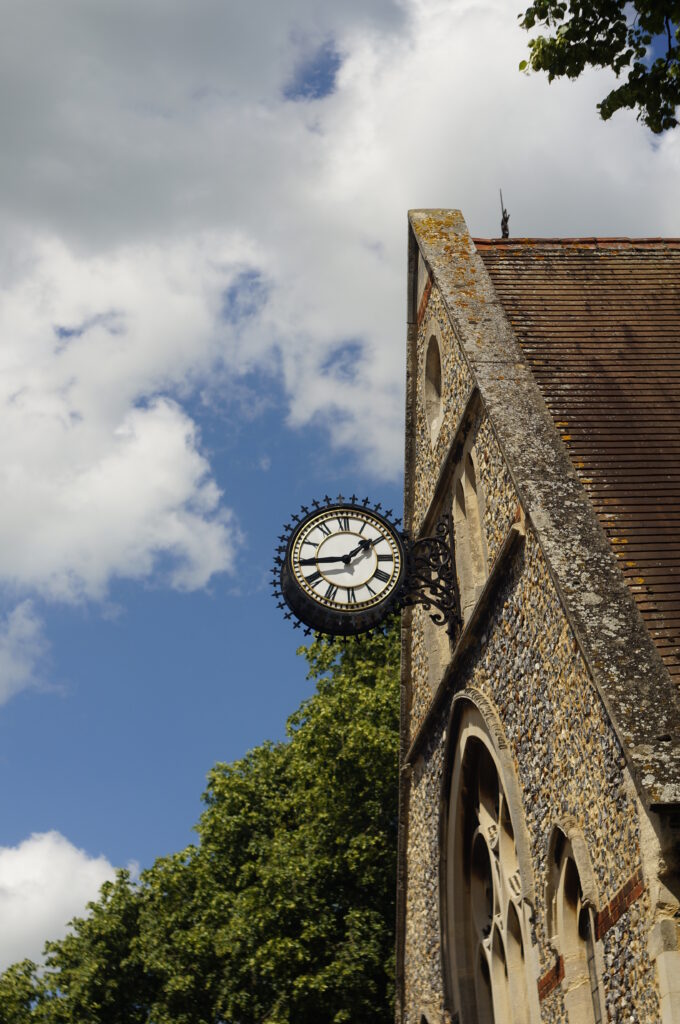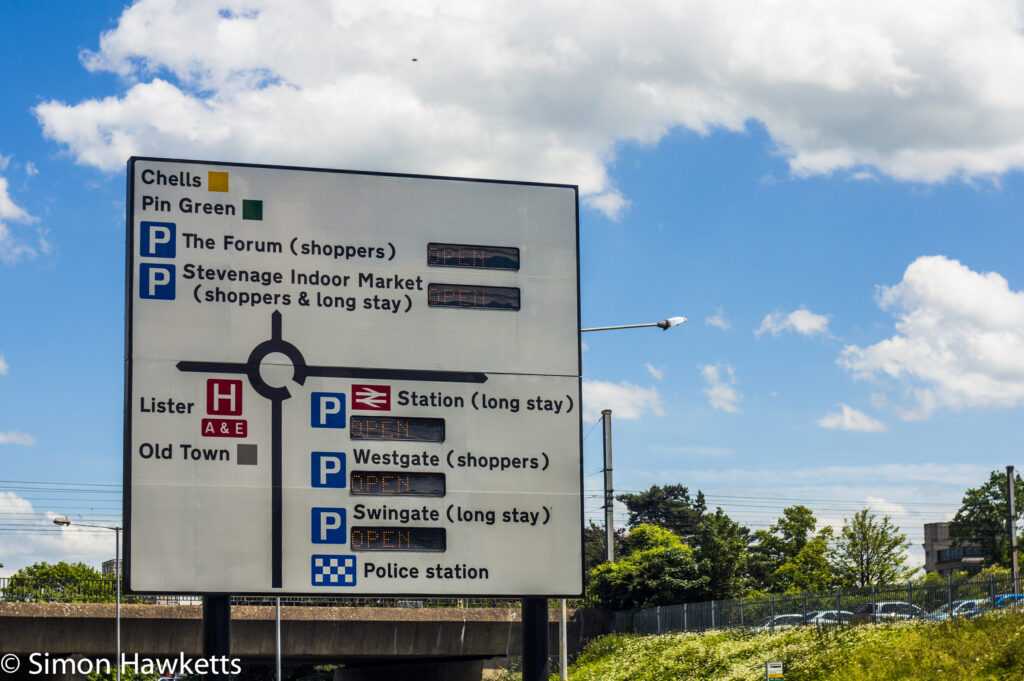Pentacon electric 50mm f/1.8 review on Sony Nex 6
A few weeks ago I wrote a post about stripping and cleaning a Pentacon Electric 50 mm f/1.8 manual lens and I included a few sample pictures with that post, but I thought it would be interesting to do a more in-depth review of this readily available lens.
I actually have two copies of this lens. The first, which was the subject of the post I mentioned above, and another one which came with a very good condition Praktica PLC3 35 mm SLR I bought a few days after I got the first one which is the one I’m using for this review.
Images of the Pentacon Electric 50mm lens.



It is pretty easy to find one of these lenses, or the non-electric version, on eBay for a few pounds. In fact, it’s quite often cheaper to find a camera with a lens rather than buy the lens by itself, although I would recommend if you follow this route that you try to ascertain that the lens is in good condition.
Pentacon Electric 50mm Description
This lens (and I include the non-electric version as well) was supplied as the standard lens on many different models of Praktica 35 mm cameras which were extremely popular in the 1960s and 70s. I suspect it’s that popularity which has meant that there are so many of these lenses about and therefore driven the price down, which is good news for us manual lens shooters!
It’s an M42 screw mount lens with manual focus and aperture, although the setting of the aperture was communicated to the PLC3 via a series of contacts fitted to the rear of the lens. When the lens was used with an appropriate camera, the exposure system could therefore work out what aperture the lens was set to.
In common with a lot of M42 lenses the diaphragm of the lens is operated by a small pin which protrudes from the back of the lens. On the original 35 mm camera this would be used to stop the lens down at the moment the camera took the picture, but on my NEX 6 the pin is held in by the adapter, so the lens is always stopped down. There is also an Auto/Manual switch which is used to disable the aperture control pin, and provided depth of field preview on the 35 mm cameras.
The aperture control range is from f/1.8 to f/16 and is adjusted in half stop clicks with an adjustment ring which is quite soft to operate. The aperture itself is made up of 6 blades.
The focus ring is well damped and smooth to operate, adjusting from infinity to a good close focus distance of 0.33M. Quite a few M42 lenses will only focus to a couple of feet in front of the lens, so this lens is noticeably closer. The fast f/1.8 maximum aperture this should make the lens good for background blur.
The construction of the lens is all metal making it a solid and strong lens, and the filter thread is 49 mm.
Pentacon Electric 50mm Tests
I’m going to follow the procedure I followed for a recent review of a couple of Star-D lenses and create two galleries – a ‘JPEG from camera’ and a ‘Processed in Lightroom’ gallery. For the tests I used a 49 mm UV filter on the lens and a Sigma Perfect Hood to protect from stray light. All the shots were taken around Stevenage in my lunch break.
From Camera Jpeg





















The camera JPEG gallery shows a few pictures which I took at each full stop aperture the lens offers to show the change in the lens performance as it is stopped down. I have to say that the lens performs pretty uniformly across its range. It is possibly a bit softer fully opened up, but it’s not a poor performer at any aperture.
The corner sharpness is the most noticeable casualty between f/1.8 and f/4 but once the lens is stopped down to f/5.6 and beyond its pretty good. There doesn’t appear to be any diffraction issues as you get to the top end of the aperture either, and I can’t see any noticeable vignetting although of course the lens is designed to throw a full frame image circle, so vignetting shouldn’t really be a problem with any M42 mount lens.
Processed in Lightroom

















The processed in Lightroom gallery are all images I’ve run through my normal Lightroom processing steps. This gallery is really to show off the lens in its best light and to show the sort of image quality possible with a bit of normal post-processing. The flare shot shows that, while the lens produces flare when directly facing the sun (as all lenses will), it’s not unattractive. A couple of the shots show that the lens is capable of producing quite nice background blur.
Pentacon Electric 50mm Verdict.
So what do you think ? I’m fairly impressed. Considering you can pick up a copy of this lens for only about £30, it’s easy to clean and repair, and it produces fairly sharp, colourful and contrasty images I’d say it’s a bargain !
Discover more from Everything Vintage
Subscribe to get the latest posts sent to your email.




